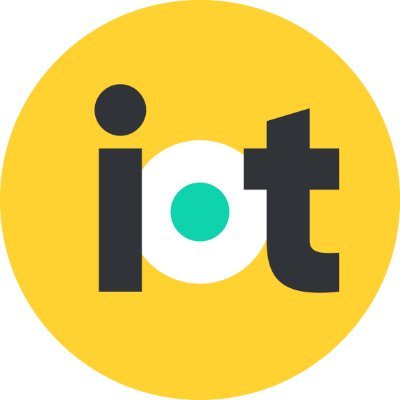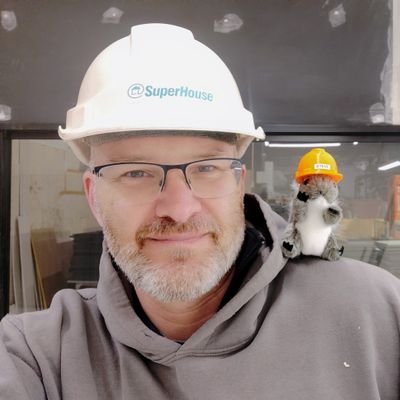Search results for sensor
People
Not Found
Tweets including sensor
Sensors play essential roles in the modern production environment, capturing data on position, speed, proximity, pressure, temperature, level, flow, current, voltage, and more. Find out how to pick the best one for your application! https://t.co/XqG0Zhhps3
Show more


0
0
0
1
1
KAUST sensor detects hydrogen leaks in 0.8 seconds with 10,000× signal response at 192 ppb concentration.
https://t.co/bQ6fXzrXH6


0
0
0
1
0
Breakthrough sensor material brings human-like touch to robots at low cost
https://t.co/u0oj7YSrHa


0
0
0
0
0
Medical sensors are transforming patient care. Real-time monitoring, early disease detection, & remote care are now possible. Discover how these devices are revolutionizing healthcare. Read more. https://t.co/U30yLRb3cg
Show more


0
0
2
7
3
Cold War nuclear sensors may now protect Earth by tracking space debris with infrasound technology.
https://t.co/ZZWoGzaLhl


0
0
0
5
3
Testing the trunk lid sensors of different cars https://t.co/elYqX0sX2Y
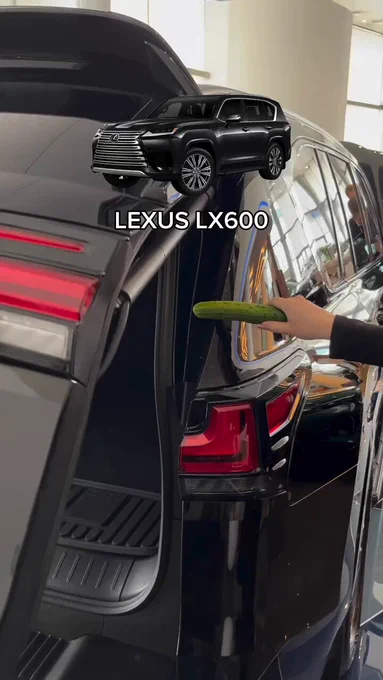
0
0
33
541
23
China deploys robot dog with radiation sensors at cargo ports to automate inspections and reduce human risk.
https://t.co/cW6R0OyzHz


0
0
0
2
1
Build a rain and water level #sensors# with simple #electronics# #electronica# for your #IoT# #internetofthings# for #smarttech# #smarthome# #smarthouse# for use with #esp32cam# #esp32# #esp8266# @ESP8266 @ESP8266COM @esp32com @ESP32net @EspressifSystem #tutorial# at https://t.co/O3L3D4vu5N https://t.co/9dML5XmzB1
Show more
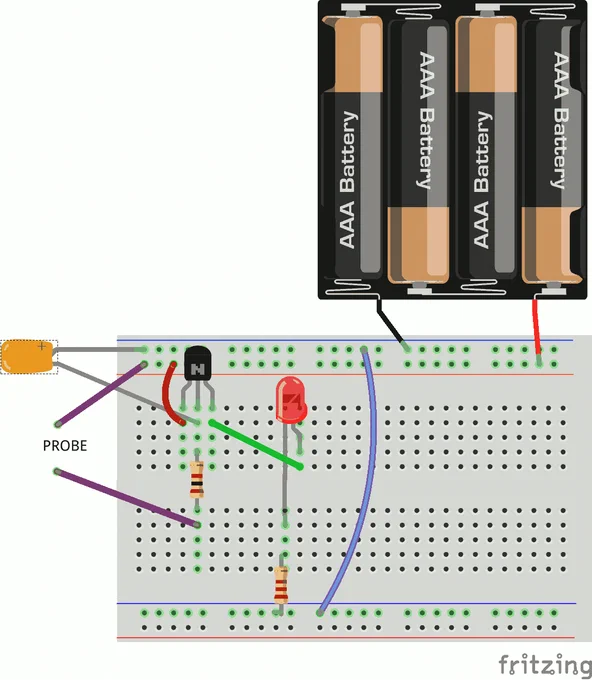
0
0
1
10
6
AutomationDirect has added Wenglor OPT25 series laser measurement sensors that offer best-in-class distance sensing for ranges within 1 meter. Learn more now! https://t.co/kLq9OKfqac


0
0
0
2
2
Iridium (@IridiumComm) Enables Global Connectivity for Heimdall Power Grid Sensors - #smartgrids# #iot# #internetofthings# #satelliteIoT# #iotnews# #IoTBusinessNews# https://t.co/nqmNHOyBj3 via @iotbusinessnews
Show more


0
0
0
0
1
My conveyor belt controller (ESP32 + touchscreen + motor drivers + sensors + CAN bus) PCBs are here. Let's assemble the first one on the @SuperHouseTV livestream and see if it works: https://t.co/OsrphNsuSY https://t.co/B5dnh7jJGM
Show more

0
0
1
22
4
It can carry various payloads, including cameras and sensors for reconnaissance. https://t.co/U5i1f1loHT https://t.co/qYnu1lXcL2

0
0
0
0
0
Researchers build next-gen swarm robots that move and cooperate without code or sensors
https://t.co/PZHKDRuwka


0
0
0
0
0
Simula gratis multitud de placas, con sensores y actuadores en @WokwiMakes, incluyendo procesos de comunicación WiIFI!!
https://t.co/SD55GxiOq7
Programado de forma gráfica en #microLSB# para #Esp32#. #Arduino# https://t.co/XODKLNkwxn
Show more
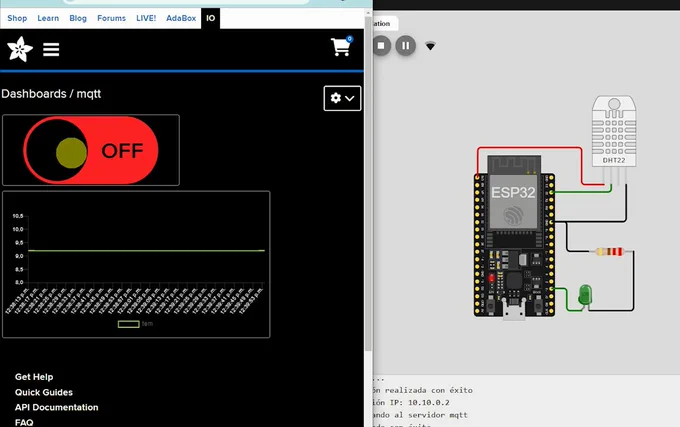
0
0
0
94
19
Check out this issue of Automation Notebook with a feature on NodeRed, sensors, safety and much more! https://t.co/Yuqt4v3vyl


0
0
2
6
2
🚀 New Adventure with ESP32!
Today’s project: Measuring distance with an HC-SR04 sensor and displaying it on an OLED screen with @WokwiMakes.Not a hardware pro, so bear with me if there’s a glitch!
Check it out on GitHub—if you like it, give it a star! ⭐
#webdev# #ESP32# #Day1# https://t.co/HhQDPMkDLA
Show more
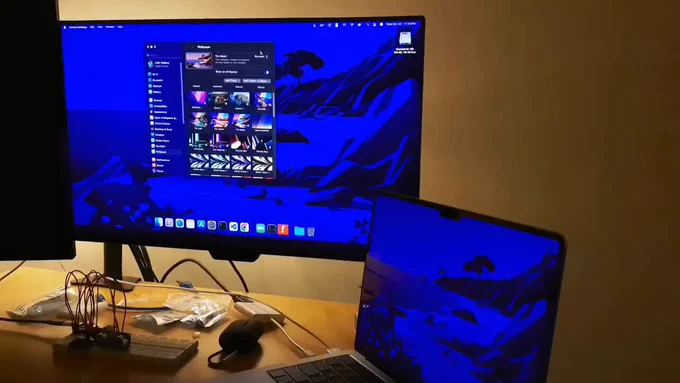
0
0
0
5
1
GARMO INSTRUMENTS integrated Mongoose Web Server Library into the “GarLine” - a high-performance seam tracking laser sensor for automated welding. Learn more: https://t.co/aa77i0kKpN
#mongoose# #webserver# #iot# #webinterface# #software#
#technology# #softwareengineering# #programming# https://t.co/O2stqnpZCb
Show more

0
0
0
5
4
Your smart speaker might ignore you, but this robot knows how to feel. KAIST just gave robots a sensory upgrade. https://t.co/FuzoVoB1OD https://t.co/i6pr16cvtp
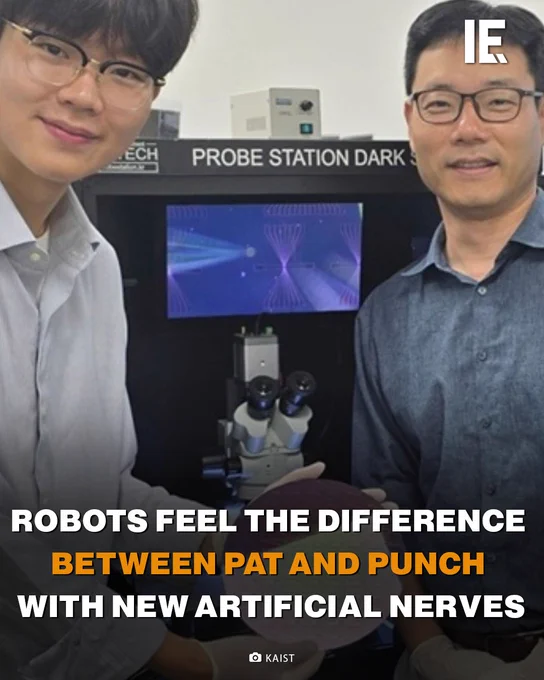
0
0
0
0
0
In earthquake-prone Japan engineers are testing homes that briefly lift off the ground when tremors hit. Developed by Air Danshin Systems the tech uses sensors and air compressors to create a cushion of air under the house reducing quake damage. After the shaking stops the house gently settles back into place.
For more content like this, please visit: https://t.co/ZNiJIeEeuw
#EarthquakeTech# #JapanInnovation# #FloatingHouse# #EngineeringMarvel#
Show more

0
0
1
2
0
AutomationDirect has added Autonics BTF, BTS, and BPS series miniature photoelectric sensors featuring ultra-compact slim or narrow housings that are easy to install in tight spaces. Learn more now! https://t.co/FjEkEtx6QI
Show more


0
0
0
4
3


